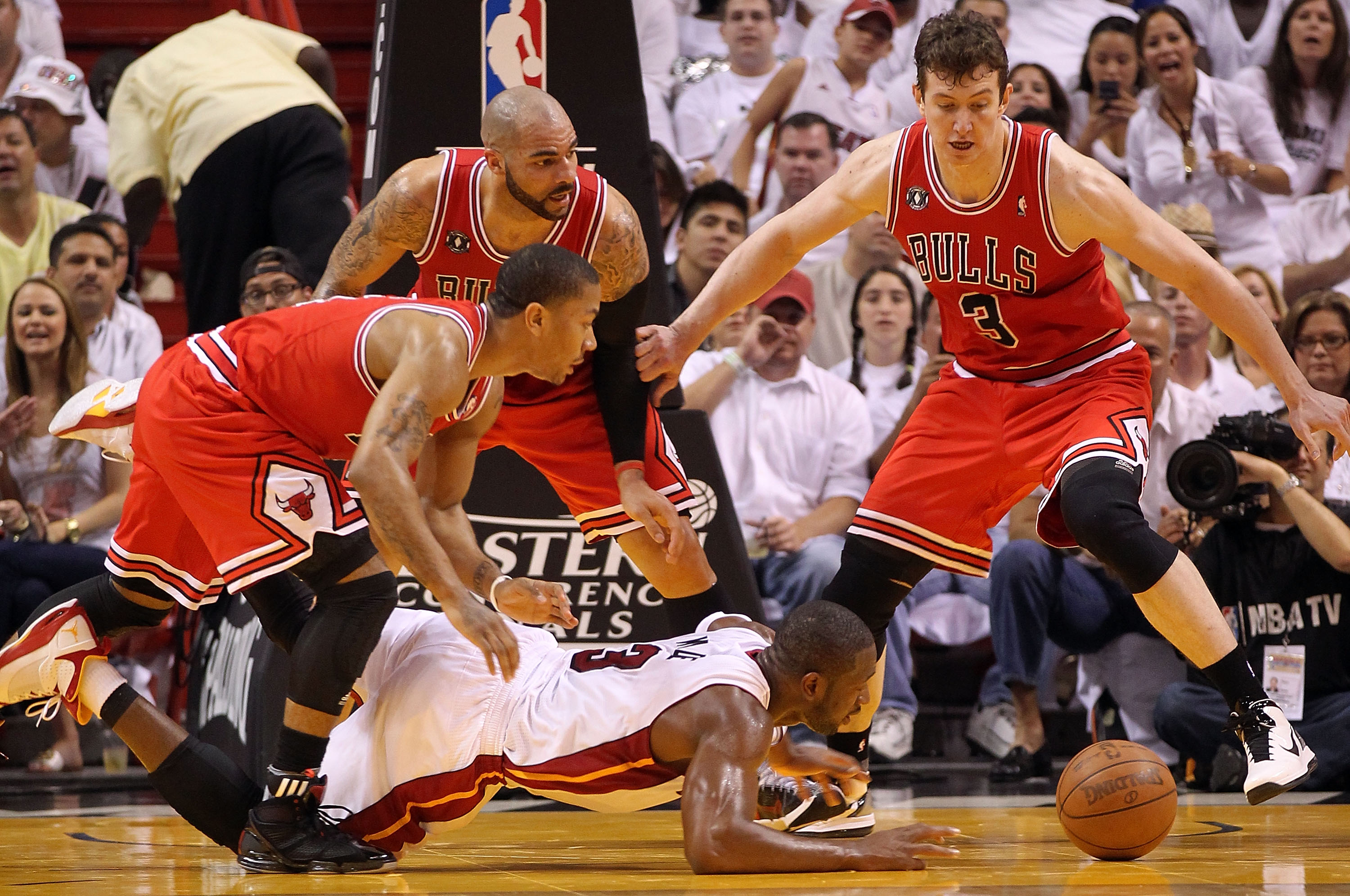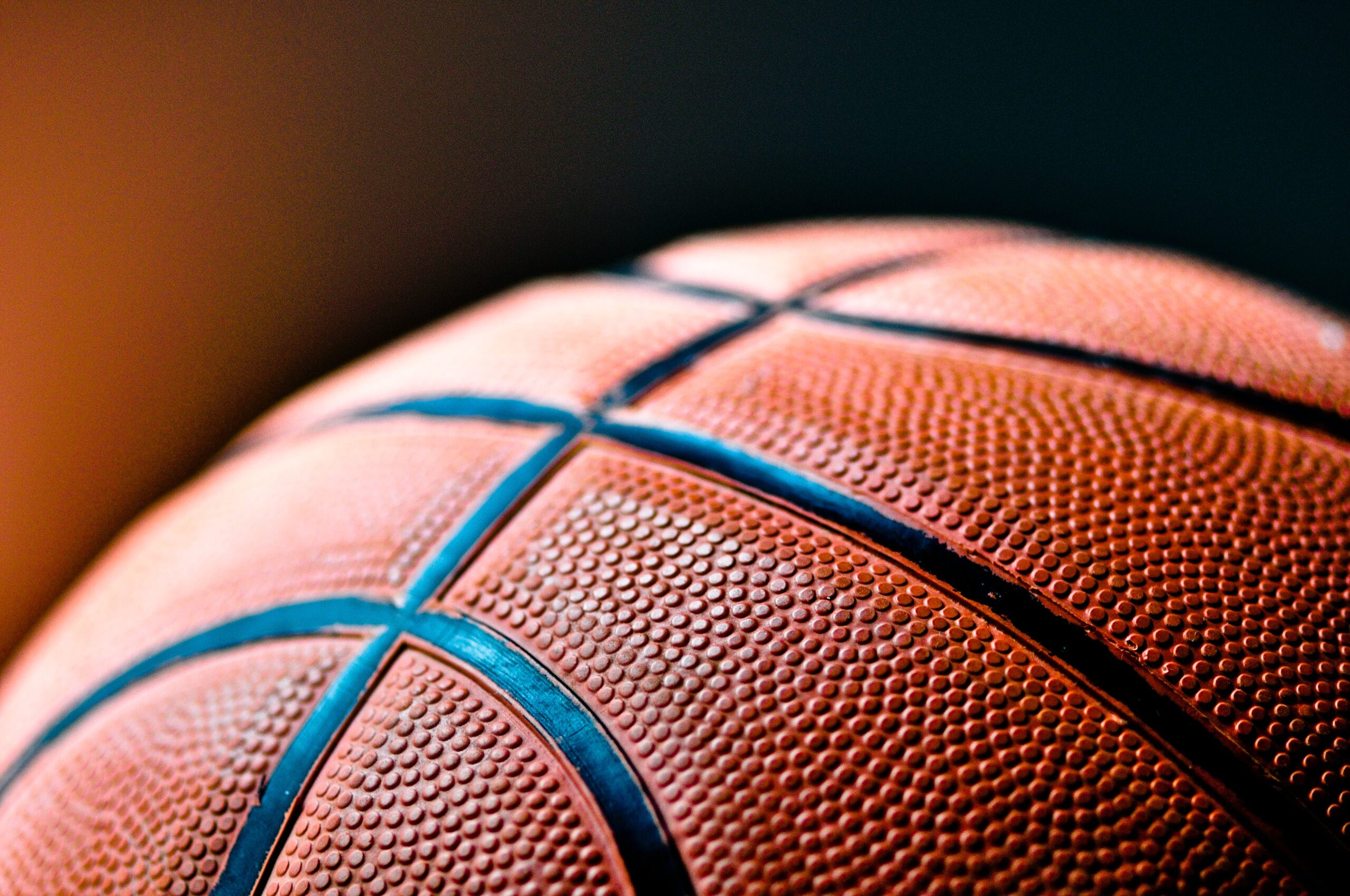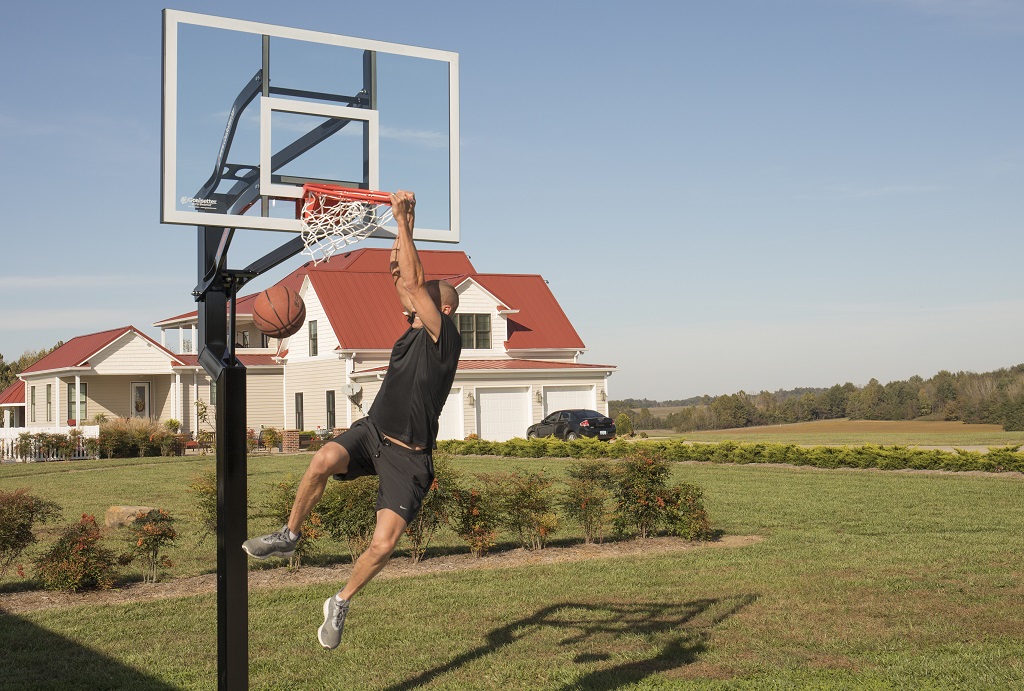The term turnover in basketball may sound positive, but its meaning tells otherwise. Basketball fans tend to cheer and jeer during turnovers. But what is a turnover in basketball?
Turnovers in basketball happen when a team loses track of the ball before a player even attempts to shoot it. In most cases, the other team could steal the ball even before the offensive team score. This movement is indeed frustrating since you already inch close to the basket, but the opponent happened to steal the chance.
Turnovers mirror the player’s offensive strategy, either poor or good, as well as his ability to penetrate the opponent’s defense. Actions that may result in turnovers include the ball being stolen by the opponent, throwing the ball out of bounds, three-second/five-second violation, shot clock violation, offensive foul, backcourt violation, or even simply executing a substandard ball pass.

A basketball turnover happens when a team loses possession of the ball. Basketball turnovers can happen due to various instances, including exercising effective defenses or making offensive errors.
Some of the events that can result in turnovers include the following:
- Double-dribble
- Palming
- Traveling
- Committing a backcourt violation
- Shot clock violation
- Three-second violation
- Five-second violation
- Offensive foul (charge or illegal screen)
What is the turnover in basketball percentage?
There is a thing called turnover percentage. This is a metric that computes and approximates the number of turnovers a player or a team commits (or might commit) per 100 ball possessions. This metric helps reveal and monitor the team’s poor offensive and defensive strategy in keeping the ball’s possession.
According to several statistical researches, turnover is seen as one factor that makes or breaks a player’s value and contribution to the team he belongs to.
The formula goes as:
100 x TOV / (FGA + 0.44 x FTA + TOV)
Where:
TOV = turnovers
FGA – Field Goal Attempts (including 2-point and 3-point attempts)
FTA – Free Throw Attempts
The average turnovers in basketball per game

Since turnovers in basketball are inevitable, especially when the other team is losing and the only way to keep up with the score is by generating turnovers, you must know the average number you can commit this move since it can be very destructive to the team’s standing.
Turnovers lead to losing points, and below are the equivalent number of reduced points per number of committed turnovers in a single game.
- 5 – 9 Turnovers = 4 – 8 reduced points
- 10 – 14 Turnovers = 8 – 16 reduced points
- 15 – 19 Turnovers = 12 – 22 reduced points
- 20 – 24 Turnovers = 16 – 26 reduced points
- 25 – 30+ Turnovers = 20 – 28 reduced points
Looking at this, it can be inferred that indeed turnovers in basketball have a negative impact on the team’s endeavor (or on its standing), and that the opponent can easily grab the chance to bring home the bacon.
Types of turnovers in basketball

1. Forced turnovers
This happened when the turnover was “forced” and generated by the opposing team. Basically, the loss of ball possession is a result of either the defense team stealing the ball while the player was dribbling or when the offensive player passed the ball, but the opponent was able to catch it. Forced turnovers are very much like the ‘steals.’
2. Unforced turnovers
This type of turnover happens unintentionally, either because the offensive team throws a poor ball pass, bounces the ball off their foot, traveling, offensive fouls, or stepping out of bounds.
Unforced turnovers usually are the result of the offensive team’s carelessness. An example of this is when a ball is passed to a teammate, but he just stood there waiting instead of running towards it. That’s why the defense was able to pick it off.
How to fix basketball turnover problems?
/cdn.vox-cdn.com/uploads/chorus_image/image/52588557/usa_today_9787126.0.jpeg)
1. Pass the ball hard and accurately
All players should pass the ball hard and accurately all the time. Soft passes are easy steals for the defense. But “hard” and “accurate” passes.
2. Beware of traps inside the court
Players should always keep their eyes on traps and defenses by the opponent players. Also, they need to be aware of the court areas that they need to stay away from.
3. Have a good court vision
This is where players can make use and take advantage of their good ball-handling skills. Having a poor court vision and ball-handling skills can contribute to a team’s total turnover. There should be one “point guard” who will be the lookout for what’s happening on the court in every team.
It takes patience and hard work to develop this skill. But with constant practice and training, it will help the players improve their basketball skills.
4. Never lose focus
Mistakes happen, and many things can go wrong inside the court depending on various circumstances. That’s why it’s important for players to be tough mentally, not just physically, and manage and overcome pressure.
It can be trained, though. Also, coaches have to keep motivating the players and the team and never lose focus while playing. If they make errors or mistakes, make sure to point them out and fix them to improve.
Why do we record turnovers in basketball?
The first recorded turnover took place during the 1967 to 1968 season of the American Basketball Association (ABA). The NBA didn’t adopt this practice until the league’s 1977 to 1978 season. Basketball organizations found that recording this metric, along with relatively every other statistic, measures the performance of the teams and their athletes. Achieving the most number of turnovers can also be a literal game-changer. It’s because whoever controls the ball has the highest chances of winning the game.
Conclusion
Turnovers aren’t something that benefits you and your team unless you’re the one who generated it against the opponent. It is sometimes inevitable, especially if the defensive team has a great strategy, but you can always do something to prevent it.
Although turnovers can reduce the probability that your team can win, keep in mind that a good focus and good skills can beat every negative thing along the way. It takes hard work, teamwork, and patience to surpass obstacles. Make sure to communicate and prepare accordingly.






